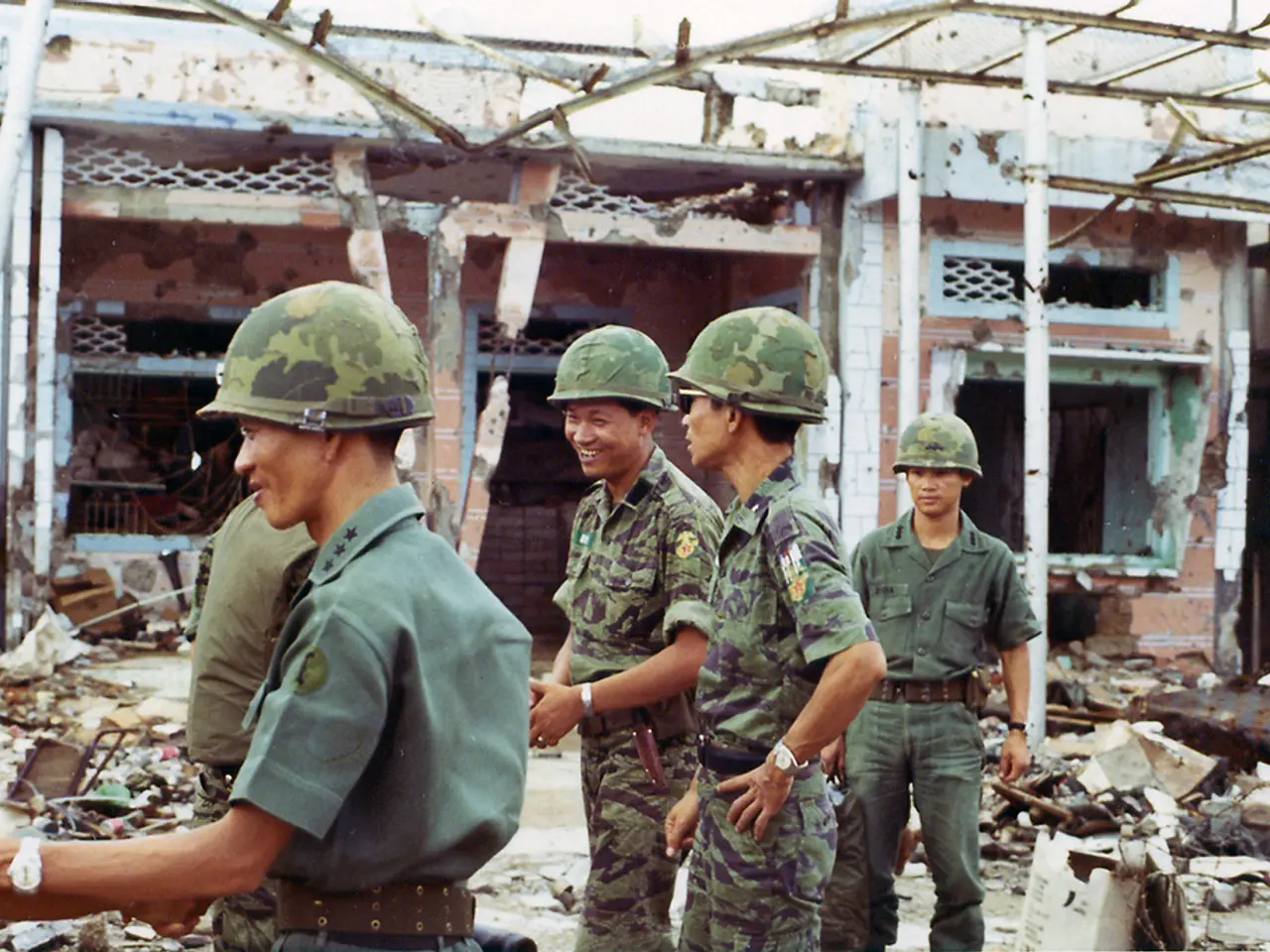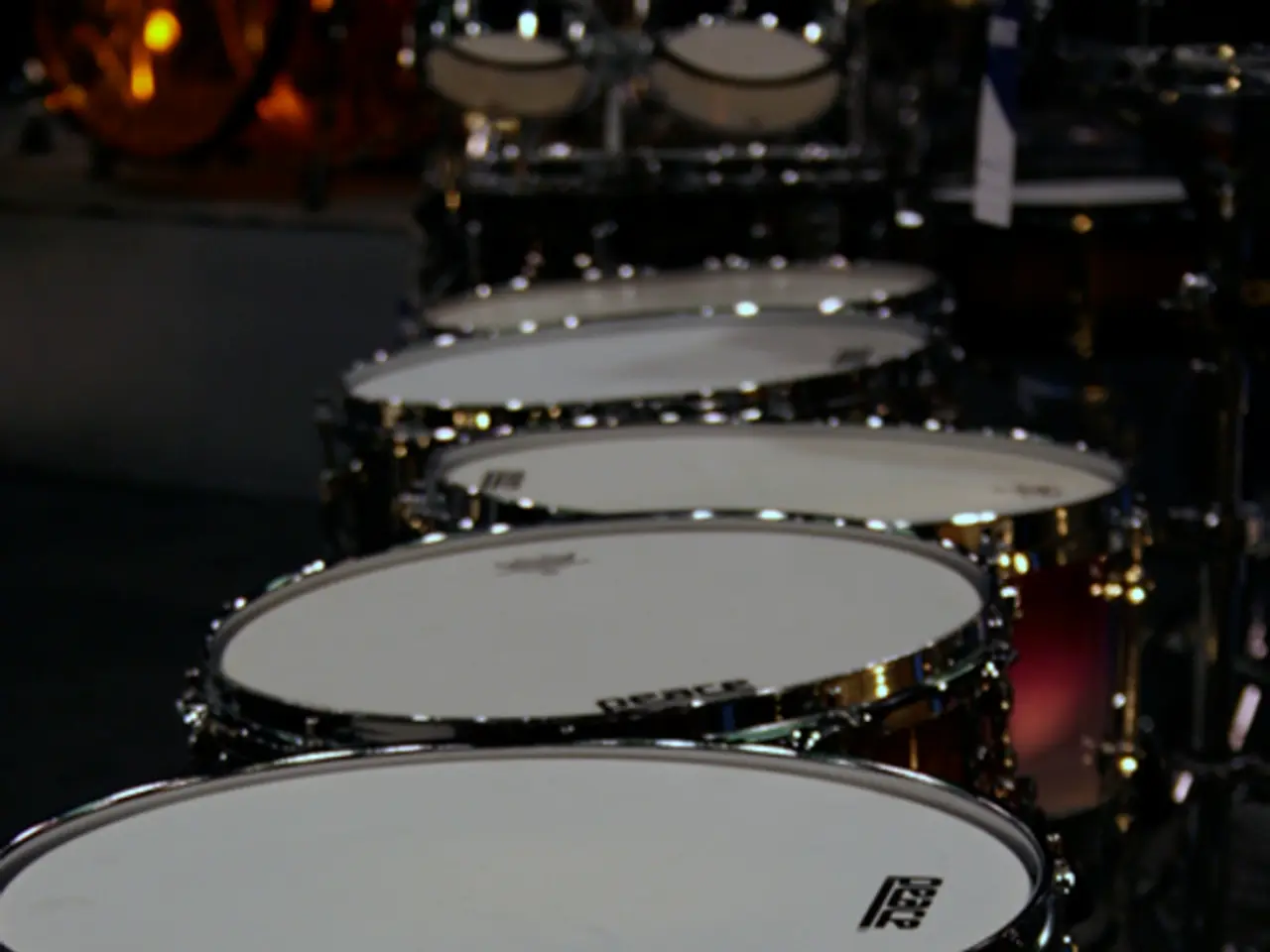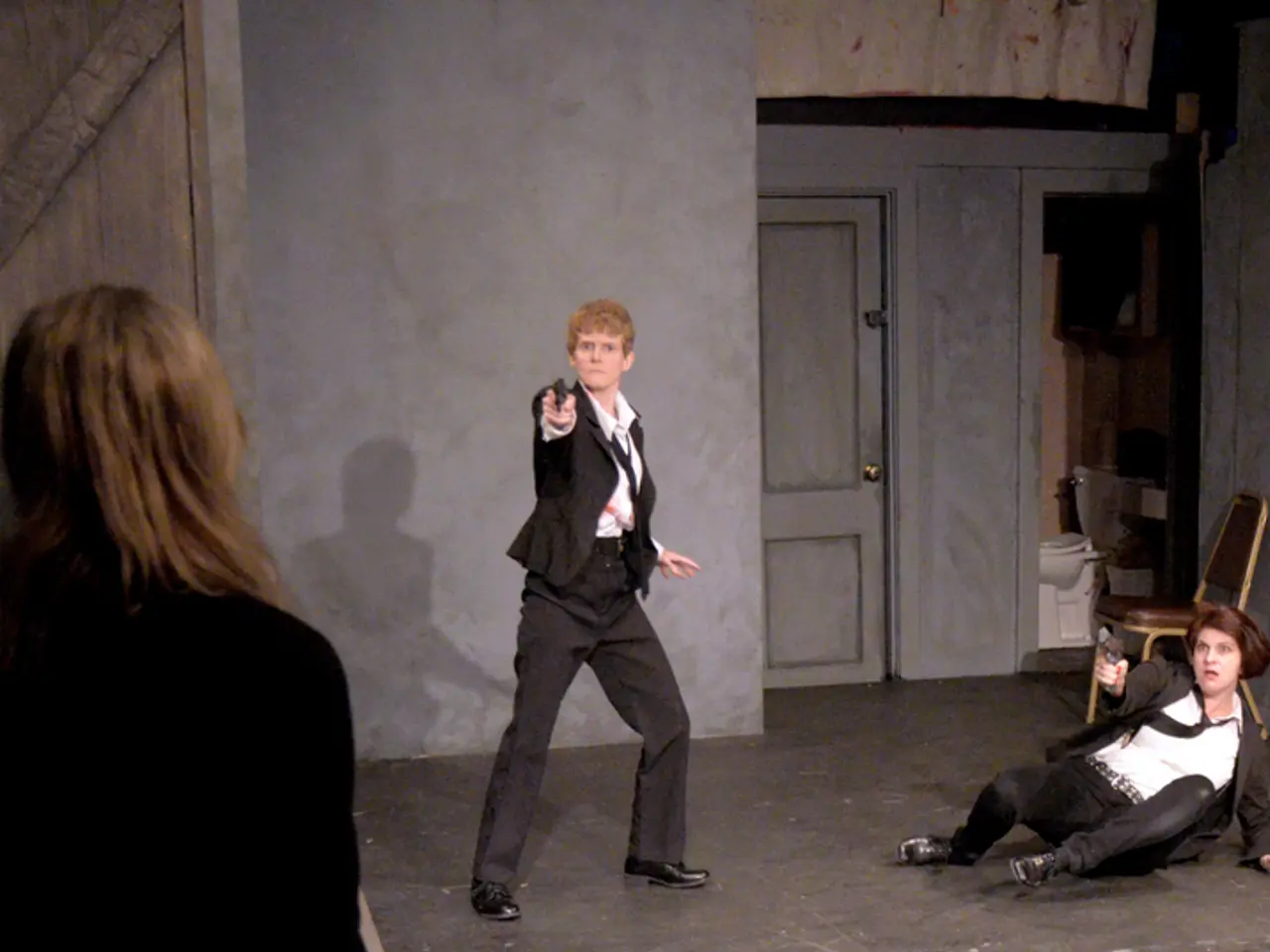Living in Fear: Report of Unprecedented Anxiety Due to Uncertainty and Fearful Events
===============================================================
In the year 2000, Iraq was under the iron grip of Saddam Hussein's Ba'athist regime, a regime marked by extensive repression, political purges, and violent suppression of opposition, particularly targeting Shi'a populations and Kurds.
On January 23, 2000, this repressive reality was vividly portrayed on the front page of many newspapers, including The Guardian, where it was reported that if free elections were held in Iraq today, Saddam would not receive a quarter of a single vote.
The regime's repressive framework was deeply institutionalized, with key elements including political repression and purges, a vast security apparatus, militarized campaigns against Kurds, sectarian control, and constant state surveillance and intimidation.
The daily life of the Iraqi people was characterized by fear and intimidation. Refugees, such as a physics professor who had to leave due to economic hardship, and a pediatrician in Basra who expressed his desire for a resolution to the dispute between Saddam and Clinton, refused to openly discuss Saddam due to the fear of exposure.
In Baghdad, movement required a permit, and interactions with locals revealed a guarded atmosphere, avoiding political discussions or humor about Saddam. Traveling to other parts of Iraq involved passing through multiple military checkpoints, a constant reminder of the regime's control.
Every day, people disappeared in Iraq, with Saddam City having three or four missing people for every 20-house block. This daily terror was experienced by Iraqi refugees in Amman, Jordan, who lived in fear of raids and hoped for refugee status.
Despite the construction of grand palaces, the Iraqi people did not care about or understand Western outrage about these structures, viewing the country as a palace for Saddam. They believed they should be freed from within before dealing with the embargo.
The repressive machinery of the regime was organised through municipal police, criminal police, civil security, military security, General Intelligence, and internal security that patrolled neighborhoods with a "morality officer" for every 20-house block.
However, Saddam's portrait was frequently seen in various poses and outfits, but there were no signs of vandalism or graffiti. This ambivalent relationship with Saddam was also evident in the attitudes of Iraqis towards Jordanians, who were traditionally looked down upon, treated as poor little cousins.
Despite the harsh realities, there were glimmers of hope. In Baghdad, three members of a delegation were escorted out of Saddam City, the most rebellious neighborhood. This small act of defiance suggested that the Iraqi people were not entirely subdued by the regime's repression.
In conclusion, the year 2000 was a time of profound repression in Iraq, with the Iraqi people living in fear and under constant surveillance. However, the resilience of the Iraqi people, as shown by small acts of defiance, offered a glimmer of hope for a future free from Saddam's regime.
[1] Human Rights Watch, 2000. [2] Amnesty International, 1992.
- The Iraqi political landscape in the year 2000, as described in various general news reports, was dominated by war-and-conflicts, marked by extensive political repression, purges, and suppression of opposition, with Saddam Hussein's Ba'athist regime being a key player in these conflicts.
- Despite the daily terror and repressive atmosphere, politics and the desire for a resolution to war-and-conflicts were openly discussed among refugees and even Iraqis, albeit with caution due to fear of exposure, suggesting that the Iraqi people were not entirely subdued by the regime's politics.








